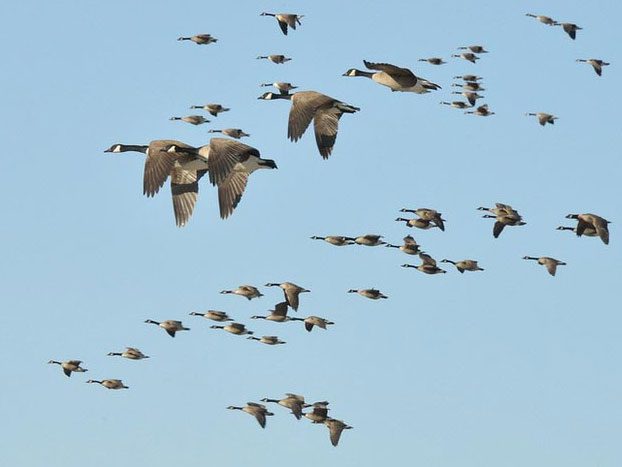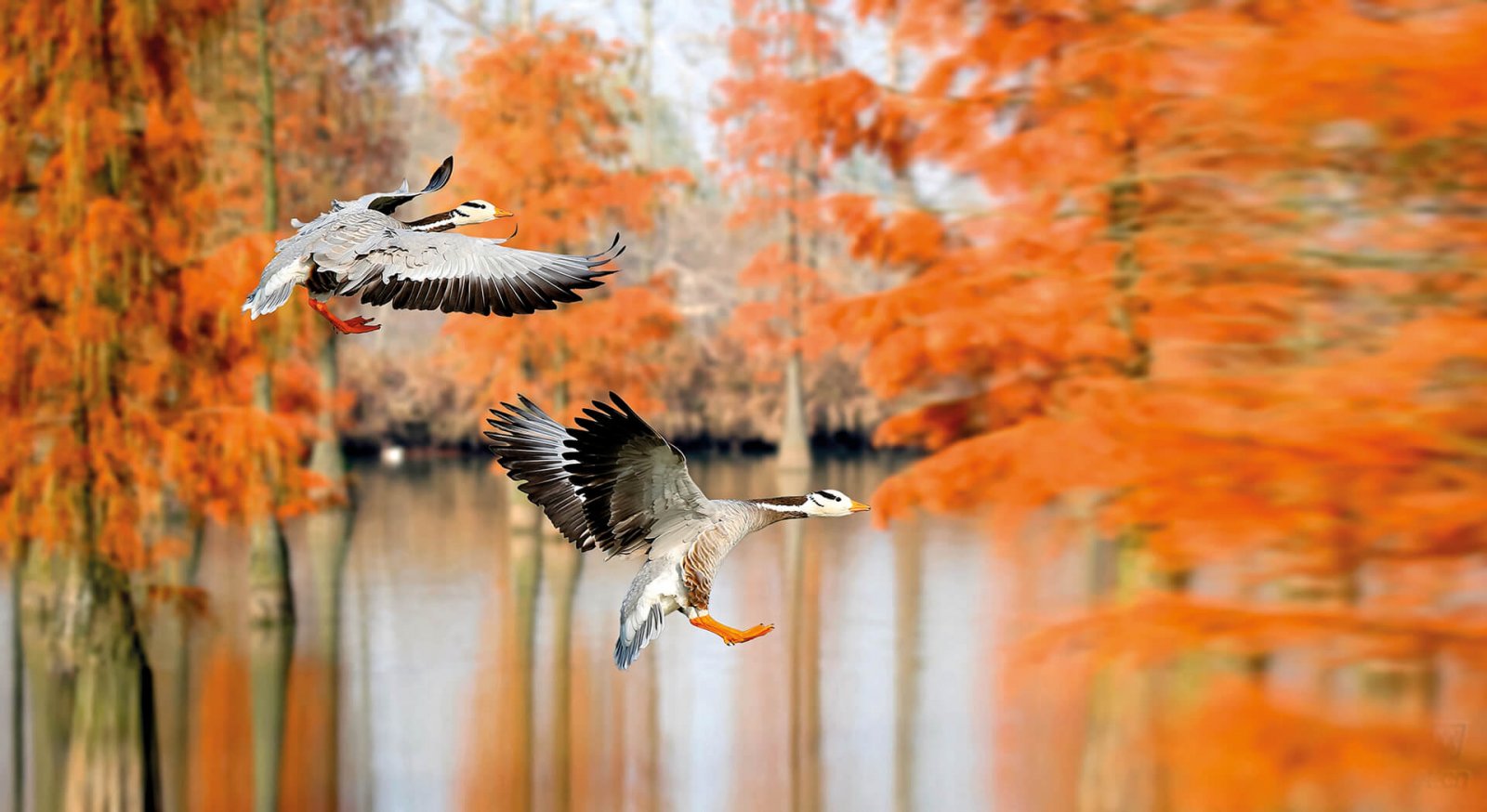Each year numerous birds from across the world migrate to India. The country’s rich habitat allows these birds to breed and find optimum food and water when harsh and icy conditions in their countries. Many travelers from within and outside of India visit various places to spot these birds and learn about them. For that, India has remained one of the most visited countries’ for animal and bird enthusiasts. Its national parks and bird sanctuaries are places where tourists and even natives gather in large quantities to see these birds migrating to India each year.
Migration of birds
Table of Contents
But today, a lot of these birds have stopped coming to India, and a variety of factors such as global warming, climate change, etc. are impacting the migration of birds in India. The cutting of forests and rising pollution levels have also put some of these birds at the risk of endangerment and extinction. In today’s guide, we explore the factors that have led these birds to stop migrating to India and have severely damaged their population in the last few years. And what can be done to reverse these risks and save the extinction of these species worldwide? Let’s get started.

Global Warming
One of the significant factors which have impacted the migration of birds in India is global warming. The rising temperatures across the globe and melting of ice sheets are making arctic regions warmer and are making it difficult for the birds living and thriving in these places difficult. And due to warm temperatures, these birds often fall prey to harsh weather conditions and situations where finding food becomes difficult. They end up dying from these situations and slowly are getting extinct. To ensure that our birds are not getting extinct, we have to take essential measures to ensure that we do not contribute to rising temperatures across the world and make life greener and eco-friendly.
Climate Change
One other reason why birds across the world cannot migrate from one place to another is climate change. For example, various species of birds that migrate to India relocate to the country because the weather conditions in the winter season do not allow them to hatch and are not optimum for their survival from the places they belong to. Climate change is increasingly making cold spots warmer, and these birds, instead of shifting from their areas of origins, are hatching there only and are not migrating to India. This is one of the primary reasons which is impacting the migration of birds in India. Also, these birds, due to harsh weather conditions at times when the weather is supposed to be fair, are continually getting extinct and face grave dangers while hatching and breeding their children.
Deforestation
Another leading factor affecting migration is Deforestation. Each year, many of the country’s forests are being cut down due to the increasing demand for timber and wooden products. It is only because of its extensive vegetation and rich fauna that birds from different areas of the world migrate to India to get optimum amounts of food and water in times when conditions are harsh at the place of their origins. Continuous Deforestation is making it difficult for these birds to survive or find the required food and shelter while migrating to India and is affecting the list of birds migrating to India always. We must take adequate measures to save our forests and save the migratory birds from their extinction and endangerment.
What can be done to stop their extinction and restart these birds’ migration?
To stop their extinction and restart birds’ migration in India, we must come together and take essential steps to save our country for the harmful practices of Deforestation, pollution, and environmental damage. It is only by restoring the balance in the environment and making the world as it needs to be for the species of birds, animals, and plants to grow, we can restart the migration of birds in the country. Along with it, we need to bring forth a climate and environmentally conscious generation by providing our children with essential education on environment and climate. We can help our planet become better and greener again. We can save our species from extinction and migration and can ensure that our wildlife is preserved as it needs to be in the times of difficulty.
Also read: How Fast do Pine Trees Grow?

